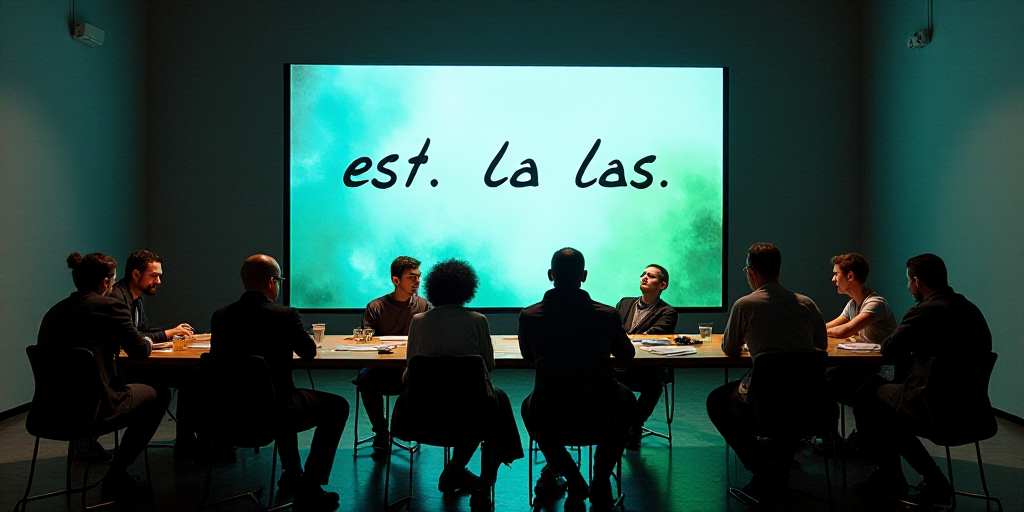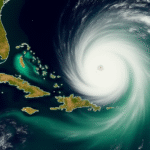Introduction
The term “stela” has multiple meanings, according to the Real Academia Española (RAE). It refers to a sign or trace left by a moving vessel in water or air, as well as a commemorative monument erected on the ground in the form of a tombstone, pedestal, or column fragment. In both definitions, the concept of a vestige, a sign of presence inscribed or suggested on stone, among trees, by the edge of a river, is present.
The River and the Vestiges
The Usumacinta is Mexico and Guatemala’s most voluminous river, the longest in Central America, and the second largest river with a tropical rainforest delta after the Amazon. Centuries of history have been woven around this tributary, fostering the growth of Mayan civilizations, architectural marvels, and hidden secrets. However, the deforestation, displacement of identities, and erasure of living patterns are also vestiges left by the river and human interaction.
Collaborators’ Inspiration
During other projects, anthropologist Sandra Rozental, artist Emilio Chapela, and sculptor Eduardo Abaroa were inspired by the idea that the Usumacinta is Mexico’s only living river. They were drawn to the complexity of elements interconnected with the river, both culturally and biologically. Chapela explains, “In the delta, there’s a true entanglement of links.”
Cultural and Extractivism Perspectives
Rozental emphasizes the exhibition’s focus on Mayan antiquity and its relation to extractivism processes. The region’s significance for timber, chicle, and other raw materials’ extraction influenced the consolidation of the Mayan idea. The exhibition questions ownership of these objects, the definition of heritage, and its rightful place, as communities have different connections with their stelae and ecological concepts.
Interpreting the Steles
Abaroa describes the exhibition as addressing Mayan stelae, representing historical figures and showcasing the Maya’s rich history. However, they also consider stelae as traces left by boats crossing the river, symbolizing cultural and community impacts.
Exhibition Overview
The collaborators aimed to encapsulate these concepts in an exhibition featuring sculptures, found objects, documentation, photographs, documentary videos, and extensive texts. The exhibition, opening on June 21 in Puebla’s Museo Amparo, will be available for public viewing until January 2026.
Key Questions and Answers
- What is the main focus of the exhibition? The exhibition explores historical and current interactions with Mexico’s largest river, the Usumacinta, through the perspectives of anthropologist Sandra Rozental, artist Emilio Chapela, and sculptor Eduardo Abaroa.
- Why is the Usumacinta river significant? The Usumacinta is crucial due to its size, length, and tropical rainforest delta, making it an essential part of Mexico and Guatemala’s geography.
- What are the main themes of the exhibition? The exhibition addresses Mayan antiquity, cultural connections, extractivism processes, and the relationship between communities and their environment.
- What kind of materials are included in the exhibition? The exhibition features sculptures, found objects, documentation, photographs, documentary videos, and extensive texts.
- When and where can the public view the exhibition? The exhibition opens on June 21 at Museo Amparo in Puebla and will be available until January 2026.






